You’re probably thinking you know this story already. A massive asteroid hits Earth, dinosaurs die, end of tale. Yet what happened in those first fateful 24 hours after impact has remained one of Earth’s greatest unsolved mysteries until now. Scientists have finally pieced together an hour-by-hour reconstruction of our planet’s most catastrophic day, and the details are far more terrifying than anyone imagined.
Imagine experiencing the worst disaster movie ever made, except it really happened 66 million years ago and lasted an entire day that changed everything.
The Moment of Impact: Zero Hour
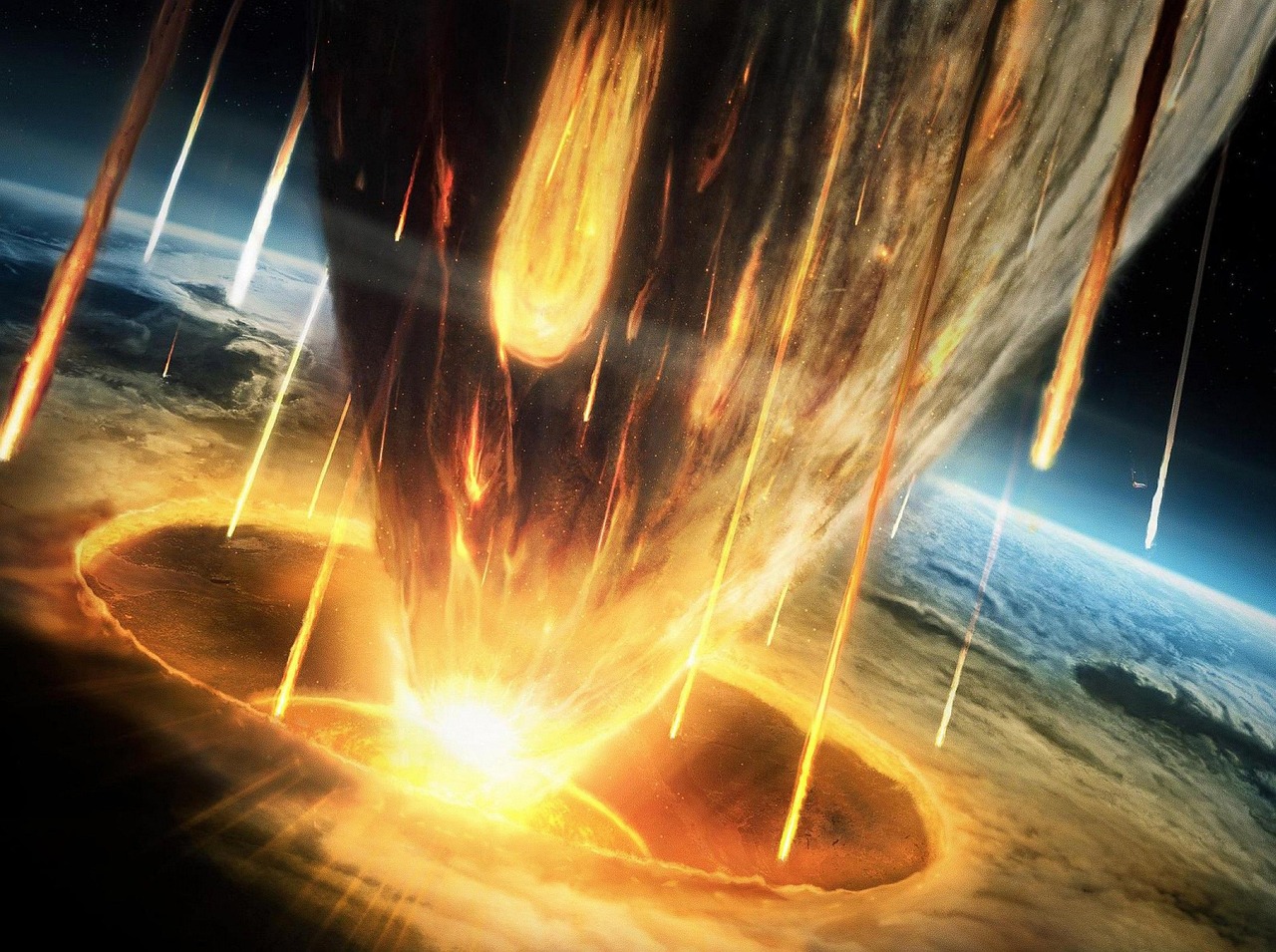
You need to picture this: an asteroid nearly 10 kilometers (6.2 miles) across hit the Earth near what is now the Yucatan Peninsula at an estimated speed of 20 kilometers per second (more than 58 times the speed of sound). The impact produced as much explosive energy as 100 teratons of TNT, 4.5 billion times the explosive power of the Hiroshima atomic bomb.
The moment of contact was beyond comprehension. Initially, the impact blasted a cavity 100 km (62 miles) wide and 30 km (19 miles) deep. At ground zero, the asteroid initially carved a hole and catapulted rock into the sky with such force that some of it must have reached the moon. Within seconds, molten granite from deep underground was ejected upward, creating the foundation for what scientists now know as the Chicxulub crater.
The shockwave that radiated outward from this point defied imagination. Superheated winds moving over 1,000 kph (620 mph) would have radiated 900 to 1,800 km out from the asteroid impact point, shredding vegetation and killing animals. Everything within a thousand miles was instantly incinerated.
The First Ten Minutes: A Rain of Fire
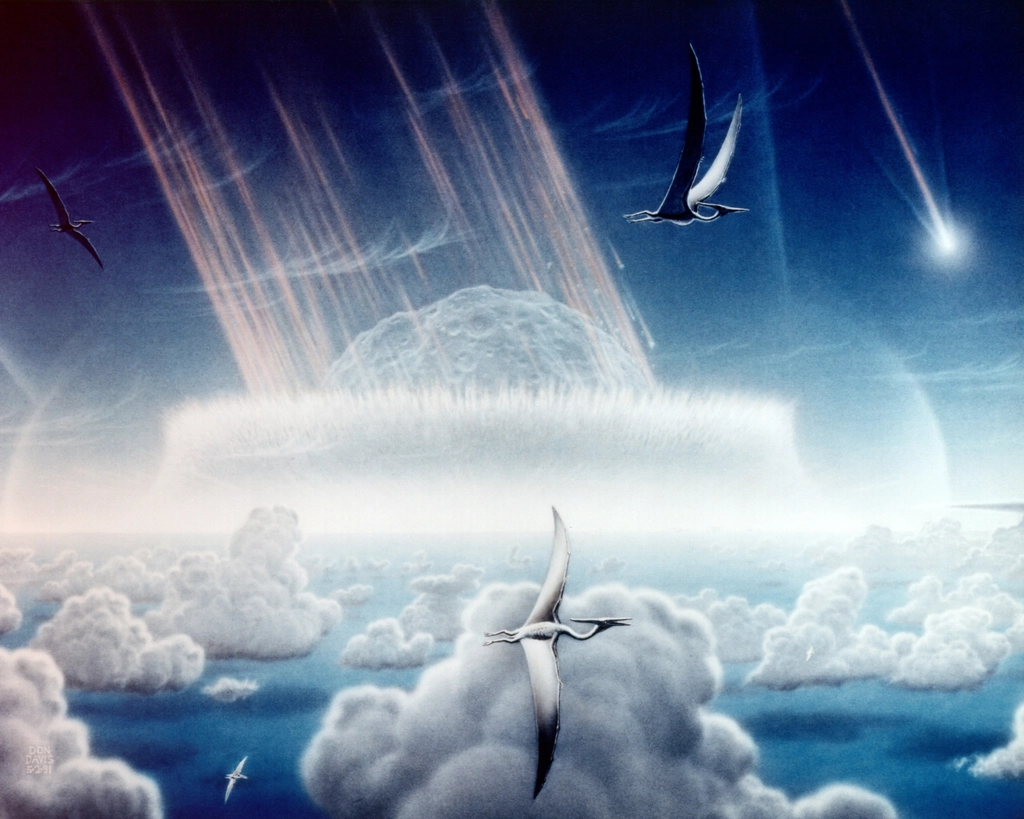
As you try to comprehend the immediate aftermath, the real horror was just beginning. A massive plume of 25 trillion metric tons of molten material shooting up into the atmosphere, with temperatures several times hotter than the surface of the sun. This plume would have passed right through the atmosphere, firing some material out into space. However, the remainder would have rained down over North America, incinerating everything within a radius of more than 1,000 miles and causing wildfires in 70% of the world’s forests.
The first ten minutes after impact were dominated by the formation of what scientists call an “ejecta curtain.” Imagine a fountain of death reaching into space, carrying vaporized rock, water, and fragments of the asteroid itself. This material would soon begin its deadly journey back to Earth, but not before traveling on ballistic trajectories that would spread destruction across continents.
Less than three minutes later, rocks, sediments and other debris pushed a wall of water away from the impact, creating a 2.8 mile (4.5 kilometer) tall wave. The ocean itself was being displaced by the sheer force of the impact, creating the first of many catastrophic tsunamis that would circle the globe.
The Seismic Shockwave: Minutes 6-10
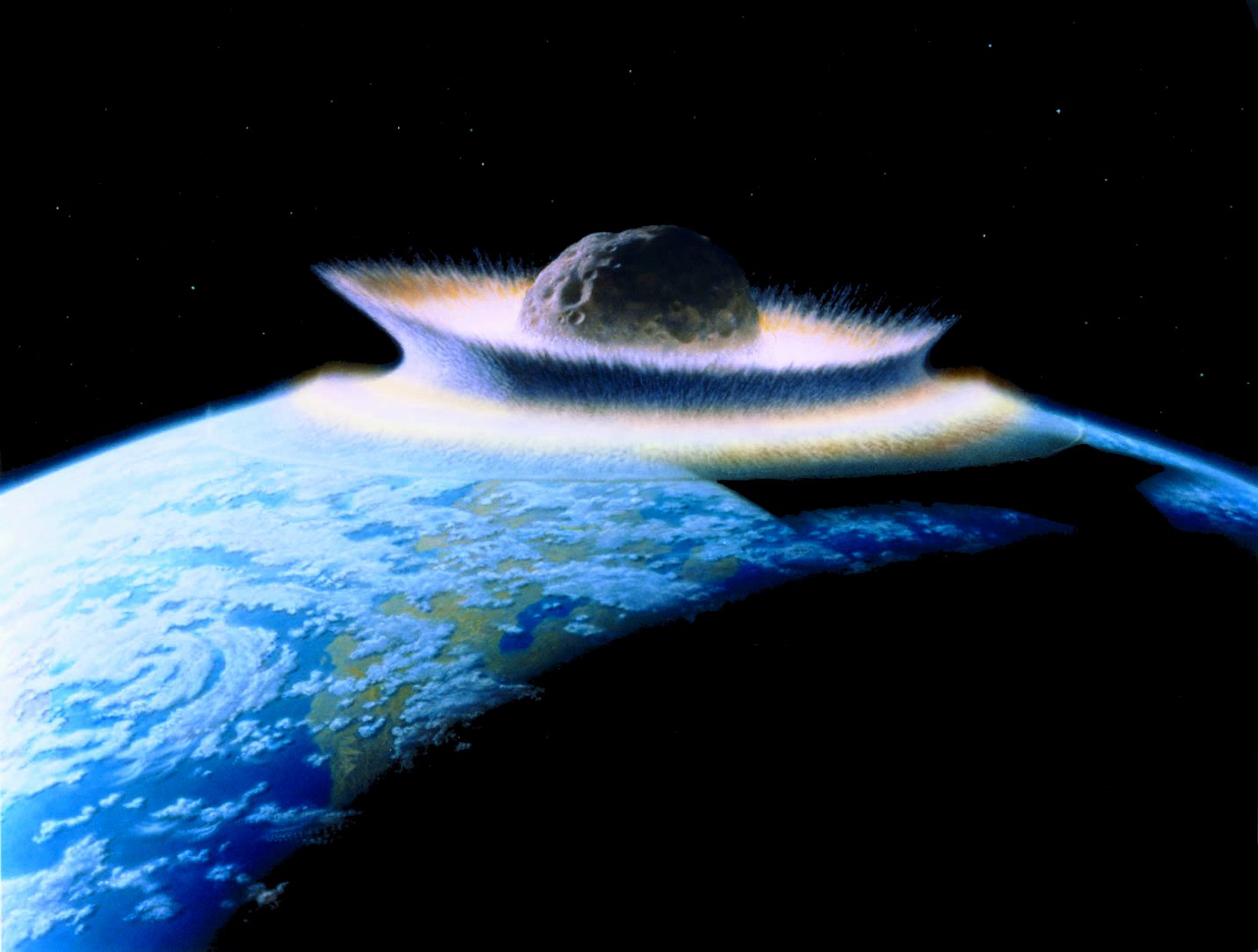
You might think the worst was over, but the Earth itself was about to become a weapon of mass destruction. Initial earthquake waves, the primary waves travelling through rock at about 5 km/s (11,000 mph), probably reached Hell Creek within six minutes. These weren’t ordinary earthquakes by any measure.
The Chicxulub impact is believed to have triggered earthquakes estimated at magnitude 10 – 11.5, releasing up to 4000 times the energy of the Tohoku quake. To put this in perspective, such an earthquake has never been recorded in human history. The planet literally rang like a bell, with seismic waves racing outward at incredible speeds.
These seismic waves would prove to be harbingers of death for creatures thousands of miles away from ground zero. The seismic waves start arising within 9 to 10 minutes of the impact, creating a cascade of secondary disasters that would kill countless creatures who never saw the asteroid coming. The Earth’s crust buckled and heaved, triggering landslides and geological chaos across continents.
The Glass Spherule Storm: 13-25 Minutes
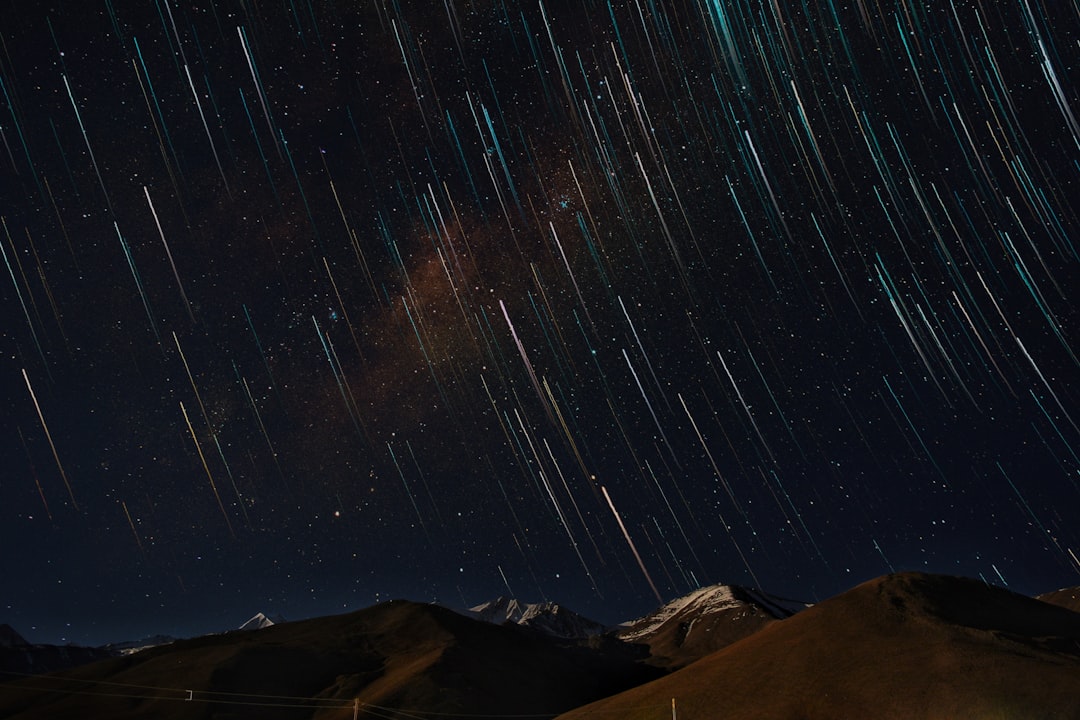
Now comes one of the most chilling aspects of this disaster. Ballistics calculations show that glassy ejecta spherules would have reached the atmosphere above Tanis just 13 to 25 minutes after the impact. These weren’t gentle raindrops, but superheated glass beads traveling at terminal velocity.
Picture this horrifying scene: The tektites would have come in on a ballistic trajectory from space, reaching terminal velocities of between 100 and 200 mph. For animals still alive after the initial shockwave, the sky was now raining death from above. The kinetic energy carried by these spherules is colossal, about 20 million megatons total. All of that energy was converted to heat as those spherules started to descend through the atmosphere 40 miles up, about 40 minutes after impact.
The evidence for this hellish rain has been preserved in the fossil record. Millions of “near perfect” primary microtektites buried contemporaneous to the fossils, in their own impact holes in the soft riverbed mud, and also preserved in amber on tree trunks. Fish died with these glass spherules caught in their gills as they desperately tried to breathe in waters suddenly filled with deadly debris from space.
The Seiche Tsunami: 30 Minutes After Impact
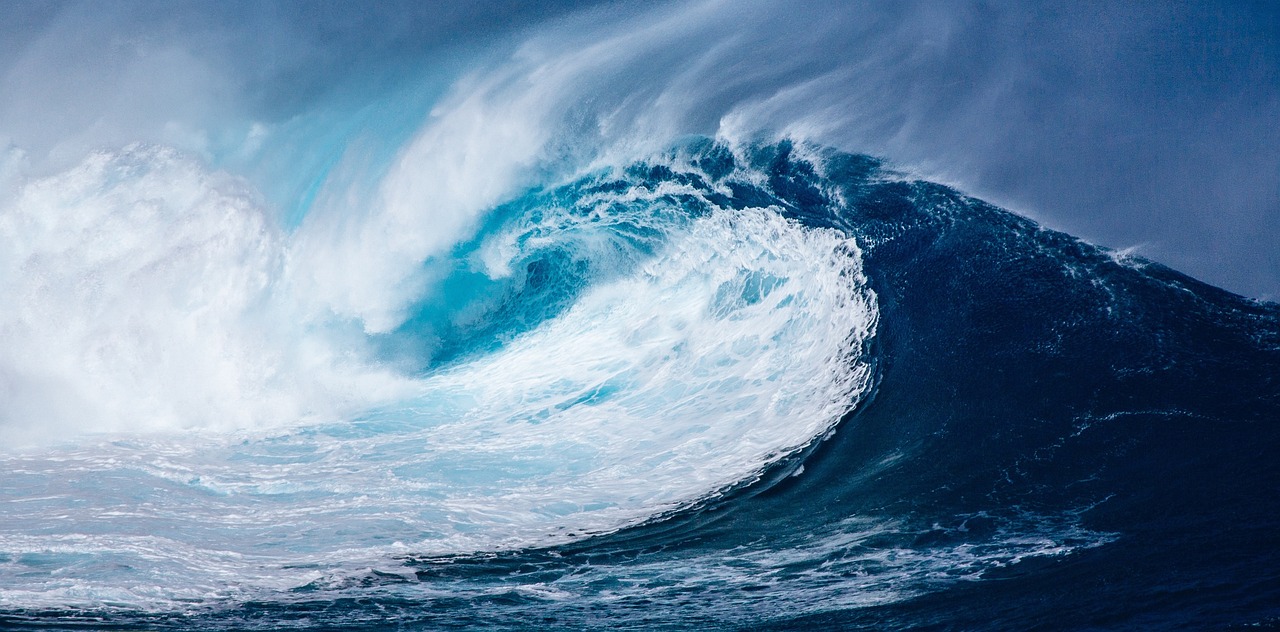
You’re witnessing something unprecedented in Earth’s history as seismic waves trigger massive water movements far from the impact site. Seismic waves from the magnitude 10 – 11.5 earthquakes probably reached the Hell Creek area as soon as ten minutes after the impact, creating seiche waves between 10–100 m (33–328 ft) high in the Western Interior Seaway.
The Tanis site in North Dakota provides a remarkable snapshot of this chaos. A tangled mass of freshwater fish, terrestrial vertebrates, trees, branches, logs, marine ammonites and other marine creatures was all packed into this layer by the inland-directed surge. Marine creatures were suddenly found hundreds of miles inland, swept up by waves that moved with the force of rushing mountains.
As the 2011 Tohoku earthquake in Japan showed us, seismic shaking can cause surges far from the epicenter. In the Tohoku example, surges were triggered nearly 5,000 miles away in Norway just 30 minutes after impact. So, the KT impact could have caused similar surges in the right-sized bodies of water worldwide. The planet’s water bodies became instruments of destruction, sloshing with unimaginable violence.
The Global Tsunami Wave: Hour 1
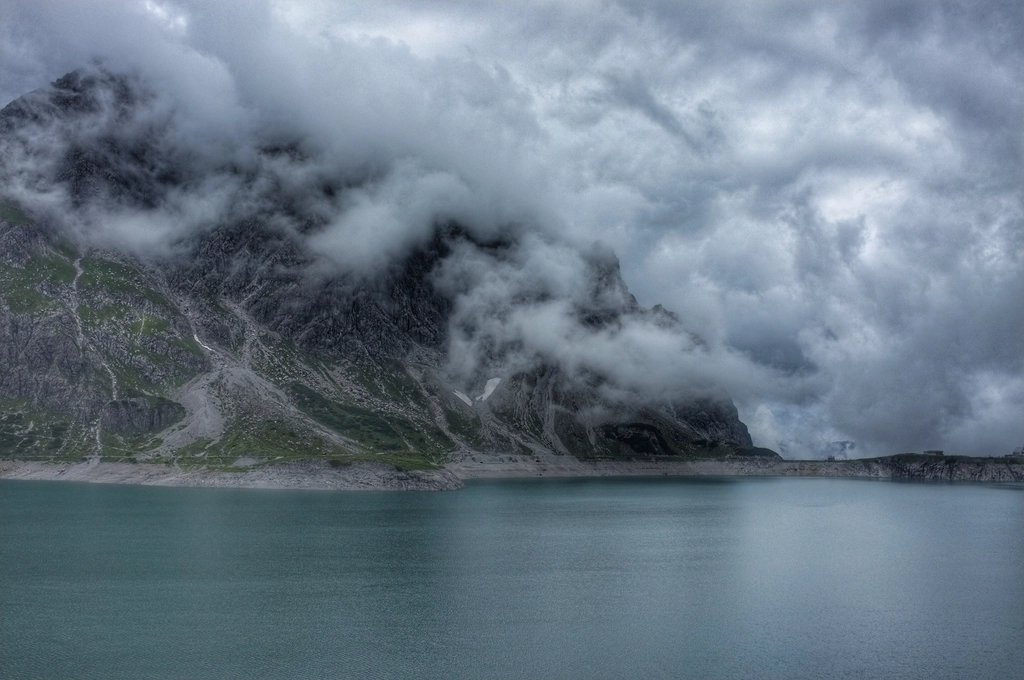
While local seiche waves were devastating nearby regions, ten minutes after impact, a ring-shaped wave about a mile high began traveling across the ocean in all directions. This was the birth of what would become the most powerful tsunami in Earth’s history.
Researchers estimate that the tsunami was up to 30,000 times more energetic than the December 26, 2004 Indian Ocean tsunami, one of the largest on record. Flow velocities exceeded 20 cm/s along shorelines worldwide, as well as in open-ocean regions in the North Atlantic, equatorial South Atlantic, southern Pacific and the Central American Seaway.
The tsunami didn’t just destroy coastal areas; it fundamentally altered the ocean floor itself. The tsunami was powerful enough to create towering waves more than a mile high and scour the ocean floor thousands of miles away from where the asteroid hit. It effectively wiped away the sediment record of what happened before the event. Entire geological histories were erased in a matter of hours.
The Wildfire Apocalypse: Hours 1-6
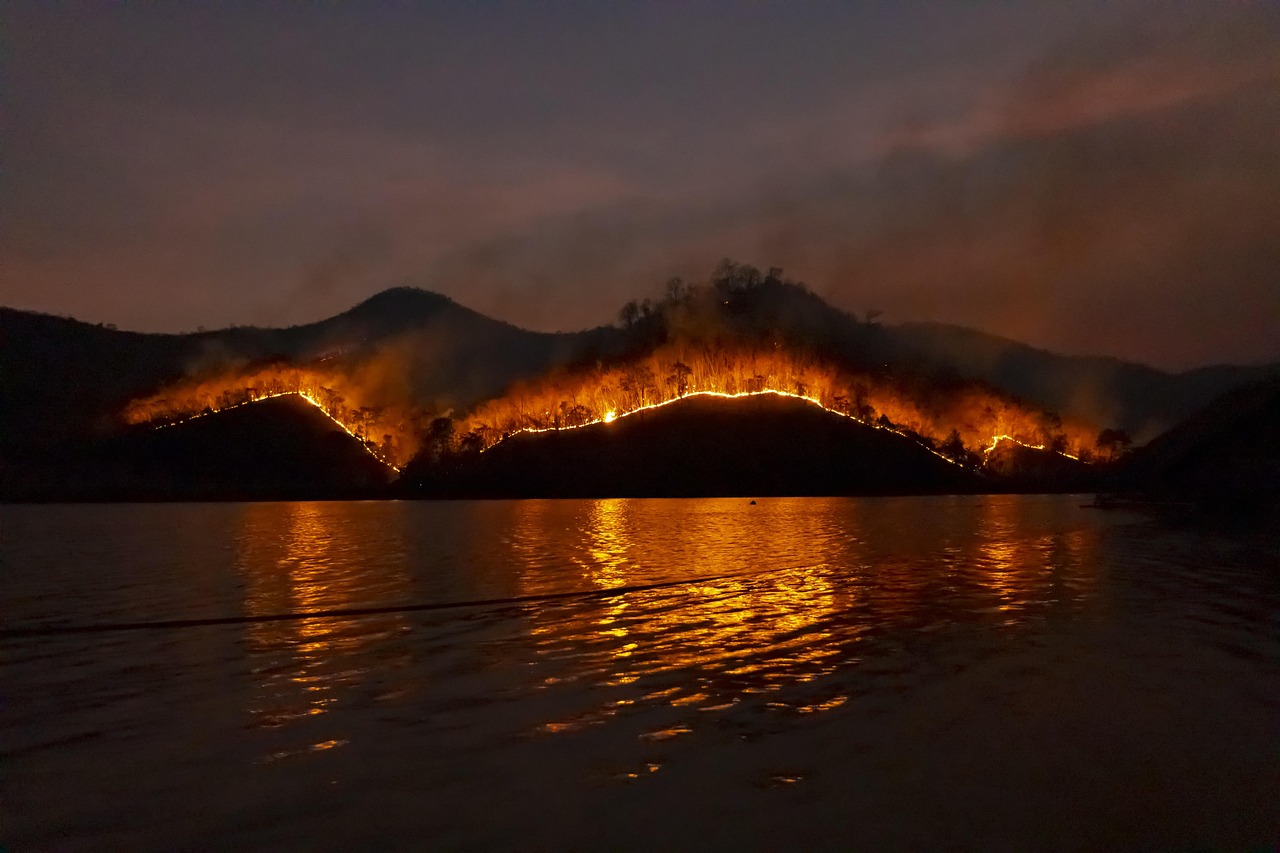
You can imagine the sky glowing orange across entire continents as returning ejecta ignited the atmosphere itself. Researchers estimate the asteroid hit with the equivalent power of 10 billion atomic bombs. The blast ignited trees and plants that were thousands of miles away and triggered a massive tsunami that reached as far inland as Illinois.
The rock heated Earth’s surface and ignited wildfires, estimated to have enveloped nearly 70% of the planet’s forests. This wasn’t just a forest fire; it was a planetary combustion event. The evidence of this global conflagration has been preserved at impact sites. Inside the crater, researchers found charcoal and a chemical biomarker associated with soil fungi. This suggests that the charred landscape was pulled into the crater with the receding waters of the tsunami.
The wildfires created their own feedback loops of destruction. Burning forests pumped additional carbon dioxide and smoke into an atmosphere already choked with impact debris, creating a toxic mixture that would persist for months.
The Sulfur Death Cloud: Hours 6-12
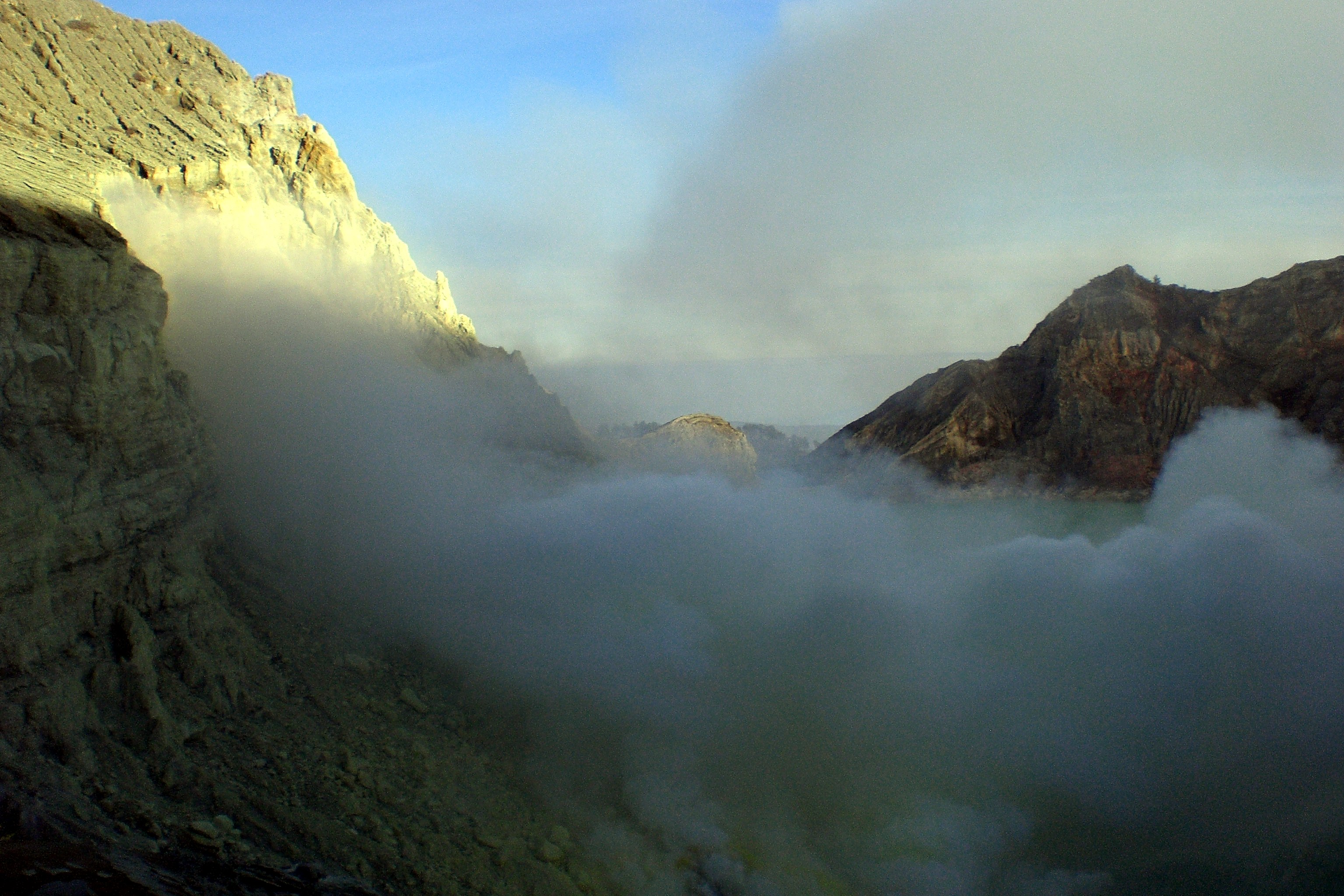
Perhaps the most insidious killer was invisible to the naked eye. Scientists found melted and broken rocks but no sulfur-bearing minerals, despite the area’s high concentration of sulfur containing rocks. This finding suggests that the impact vaporized these rocks forming sulfate aerosols in the atmosphere.
Much of the material in the impact plume was gypsum – which is high in sulfur – as well as water vapor. The dust and sulfurous materials ejected into the atmosphere would have led to a nuclear winter-like effect, with a rapid decrease in global temperatures and acid rain. The atmosphere itself became poisonous.
The rocks that the asteroid struck were rich in sulfur, which was ejected and vaporized, creating what researchers call a sulfate aerosol haze. This atmospheric disruption led to a scenario where first parts of the continents burned, and then global dimming of the sun and plummeting temperatures for years to follow. The planet was transforming from a furnace into a freezer.
The End of Day One: Complete Ecological Collapse
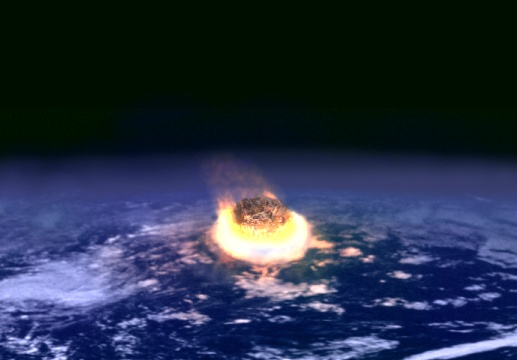
By the end of the first 24 hours, you would witness a planet utterly transformed. Just one day deposited about 425 feet (130 meters) of material, a rate that’s among the highest ever encountered in the geologic record. This single day created more geological change than typically occurs over thousands of years.
These events account for the loss of 75 percent of known species at the end of the Cretaceous. Had the impact occurred elsewhere, or in a place of deeper ocean water, the extinction may have happened differently, or not at all. The timing, location, and circumstances aligned to create the perfect storm of extinction.
As one researcher grimly summarized: “We fried them and then we froze them. Not all the dinosaurs died that day, but many dinosaurs did.” The survivors faced a world where the sun was blocked, temperatures plummeted, and the entire food chain had collapsed. The age of dinosaurs was ending not with a whimper, but with the most catastrophic 24 hours in Earth’s history.
The first day after impact set in motion changes that would persist for decades. The planet entered what scientists call an “impact winter,” where blocked sunlight prevented photosynthesis and global temperatures dropped by several degrees. It wasn’t the asteroid that killed the dinosaurs. It was climate change. Understanding why and how is critical for humans to navigate today’s changing climate.
What happened in those first 24 hours demonstrates how quickly our planet’s entire ecosystem can collapse when faced with a truly catastrophic event. The dinosaurs ruled Earth for over 160 million years, yet a single day changed everything forever. Makes you wonder what kind of resilience our own species might have when faced with such planetary-scale disasters, doesn’t it?



